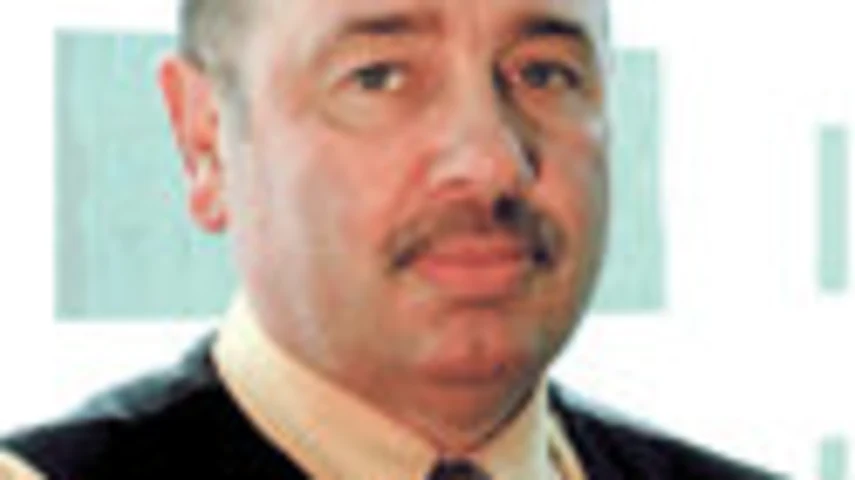A not-so-cheap shot



I t would have come as no surprise to the chief executive of the Financial Planning Association (FPA), Jo-Anne Bloch, that she was subject to some stern questioning from the floor of the Money Management State of the Industry Breakfast about the perceived lack of an adequate FPA response to the continued advertising by industry superannuation funds.
It should also have come as no surprise to Bloch that the question was put to her by a financial planner who, although it was not stated, is probably a member of the FPA.
Bloch did her best to explain the FPA’s position but, in truth, her best bet was probably to simply confess that the FPA does not have deep enough pockets to match the industry funds.
It might have been somewhat harder for her to acknowledge that what money had been spent by the FPA in countering the industry funds’ advertising campaign had resulted in advertising which failed to impress many of its own members, albeit that market research suggested it was a hit with the viewing public.
What needs to be remembered, however, is that only the largest of corporates could afford the sustained sort of advertising campaign which has been mounted by the industry superannuation funds’ and it would perhaps be in the public interest if those orchestrating the spend actually stated how much it had cost over the past four years.
While those within the industry funds movement might quite rightly point to the advertising campaigns mounted by the likes of AMP or ING, the difference is that the cost of those campaigns must ultimately be revealed to shareholders. It is much, much harder to gain a detailed picture of the industry funds campaign.
What is clear, however, is that the campaign in its various forms, and often pitched at primetime television, has cost superannuation fund members many millions of dollars.
What irks planners, of course, is the perception that the subtext of the industry funds’ campaigns has served to undermine the value of advice in the minds of consumers. That may be so, but the monetary cost of doing so has been exceedingly high.
— Mike Taylor
Recommended for you
In this episode of Relative Return Insider, host Keith Ford and AMP chief economist Shane Oliver unpack the RBA’s decision to keep the cash rate on hold in the face of rising inflation and whether the governor’s hawkish tone is a sign of things to come.
In this episode of Relative Return Insider, host Keith Ford and AMP chief economist Shane Oliver discuss the September quarter GDP figures, which show Australia’s economy regaining momentum.
In this new episode of The Manager Mix, host Laura Dew speaks to Haley Devine, head of wealth management at MaxCap Group, to delve into private credit and commercial real estate.
In this new episode of The Manager Mix, host Laura Dew speaks to Benjamin Leung, head of systematic investments at Macquarie Asset Management, to understand the use of systematic investments.







